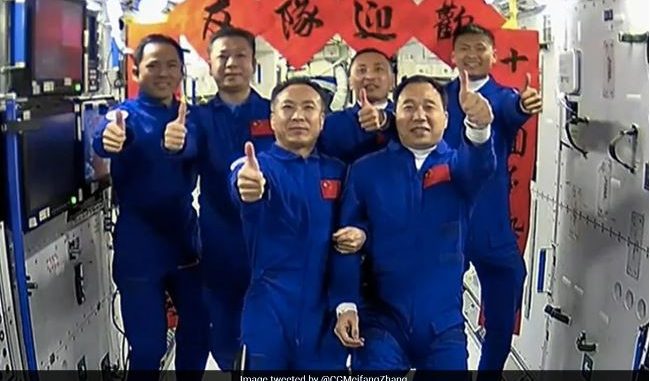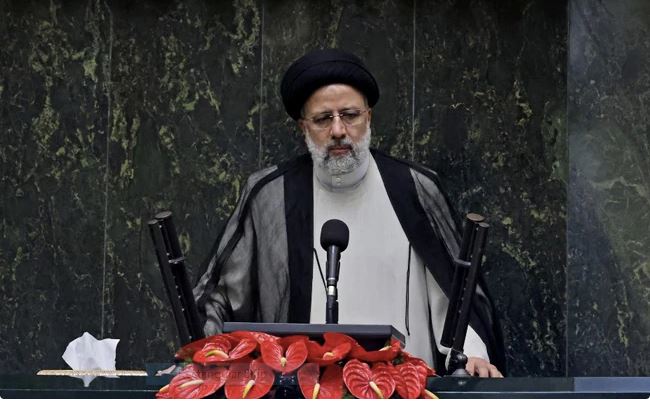
China Successfully Sends First Civilian to Space Station in Landmark Mission.

Jiuquan, China – In a groundbreaking achievement for China’s space program, a Chinese mission has accomplished the successful launch of three astronauts, including the first-ever Chinese civilian, to the Tiangong space station.
This significant milestone reflects China’s ambitious plans to send a crewed mission to the Moon by 2030. The launch took place at the Jiuquan Satellite Launch Centre in northwest China, with the crew later docking at the space station’s Tianhe core module.
Riding atop a Long March 2F rocket, the Shenzhou-16 crew embarked on their journey, comprising Commander Jing Haipeng, engineer Zhu Yangzhu, and Beihang University professor Gui Haichao.
The launch was met with great enthusiasm and excitement, as spectators, including space program employees, eagerly witnessed the historic moment. The rocket climbed into the sky, leaving behind a trail of ochre smoke, while spectators cheered and waved Chinese flags, wishing the crew good luck.
The successful launch was confirmed as a “complete success” by Zou Lipeng, director of the Jiuquan Satellite Launch Center, who reassured everyone that the astronauts were in good condition. The crew later rendezvoused with the Tiangong space station’s Tianhe core module, marking the beginning of their stay.
Tiangong, meaning “heavenly palace” in Chinese, represents China’s dedication to its space exploration endeavors. The country has invested significantly in its military-run space program to catch up with other leading spacefaring nations such as the United States and Russia.
China has become the third nation to send humans into orbit, with notable achievements including successful missions to Mars and the Moon with robotic rovers.
During their mission at Tiangong, the Shenzhou-16 crew will conduct a range of experiments, including research on high-precision space time-frequency systems, general relativity, and the origin of life. Their arrival coincides with the presence of three colleagues from the previous Shenzhou-15 flight, who have been on the space station for the past six months and will soon return to Earth.
The Tiangong space station is equipped with state-of-the-art scientific equipment, including the world’s first space-based cold atomic clock system. It is expected to remain in low Earth orbit, positioned between 400 and 450 kilometers (250 and 280 miles) above the Earth’s surface, for at least a decade. The station will be continuously staffed by rotating teams of three astronauts.
China’s space ambitions have been fueled by President Xi Jinping’s vision, which includes plans for a lunar base and a crewed landing on the Moon by 2030.
The successful Shenzhou-16 mission demonstrates China’s commitment to advancing its human spaceflight capabilities and gaining valuable experience in space operations. With upcoming missions already on the horizon, including Shenzhou-17 scheduled for launch in October, China is steadily progressing toward its ambitious goals in space exploration.





Leave a Reply